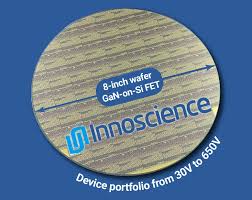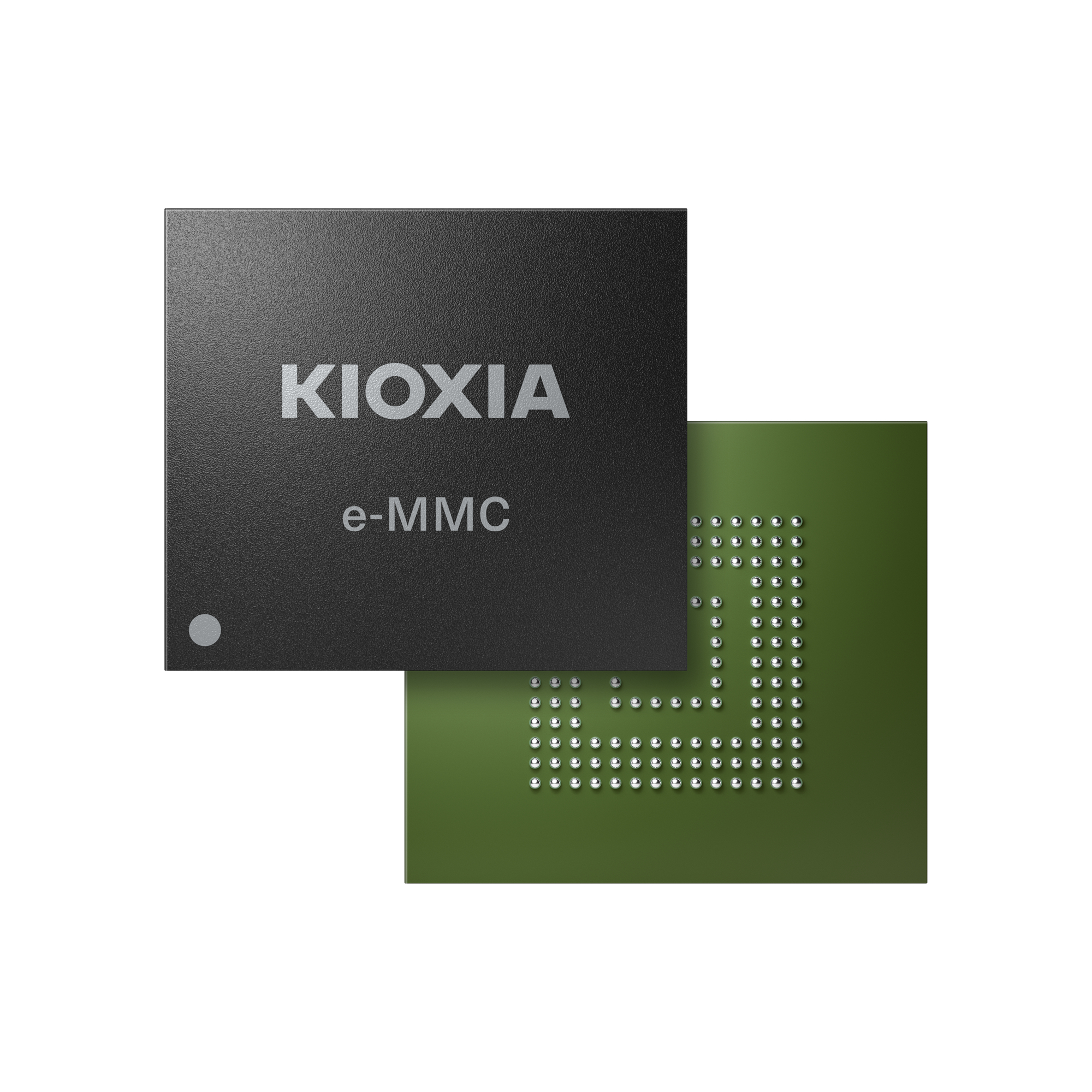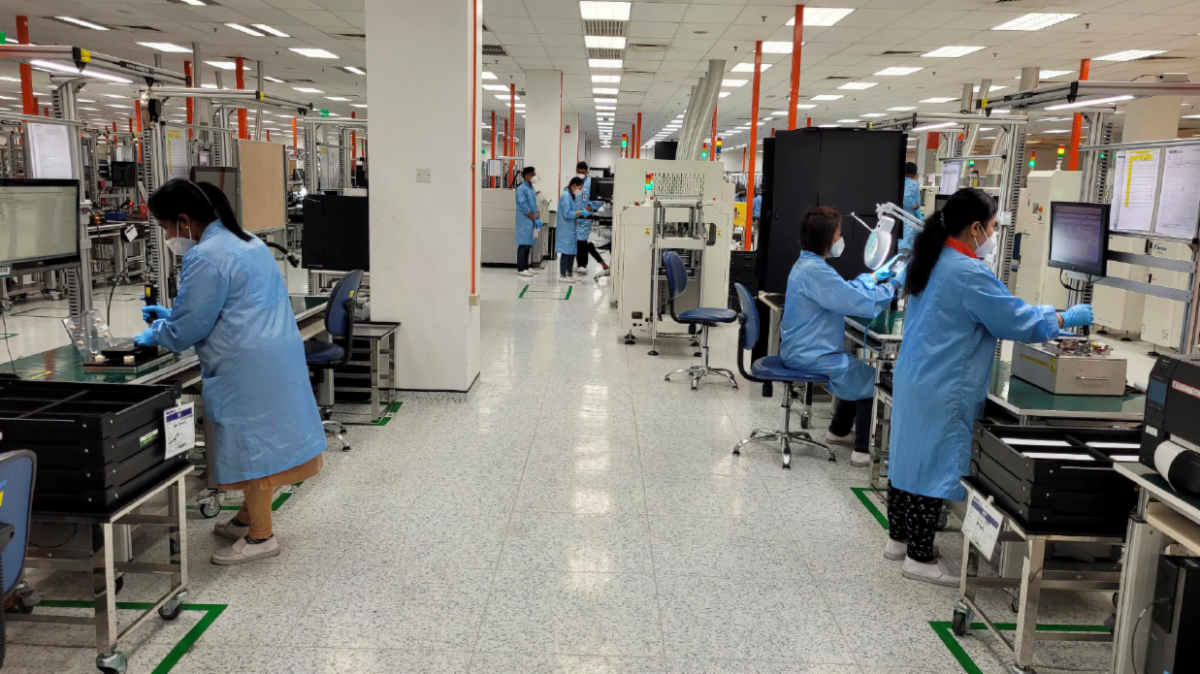
OPPO is using the BiGaN devices inside its phone handset to control the battery’s charging and discharging currents. This is claimed to be the first time that that such protection, based on GaN technology, has been included in the phone itself, instead of inside the charger.
Silicon MOSFETs have been used as power switches in cell phones. However, they not only occupy significant space on a cell phone’s main PCB, they may also result in considerable temperature rises and power loss when fast-charging.
InnoGaN has advantageous characteristics such as high frequency, high efficiency and low resistance, which are vital for efficient charging.
Thanks to InnoGaN’s low RDS(on), the fact that it does not have parasitic diodes, and the bidirectional feature of Innoscience’s BiGaN technology, one BiGaN HEMT can be used to replace back-to-back connected NMOS MOSFETs in a common-source configuration to achieve bi-directional switching of the battery’s charging and discharging currents.
This reduces on-state resistance by 50%, chip size by 70%, and temperature rise by 40%.
The first BiGaN device generally released by Innoscience is the INN040W0488, a 40V bi-directional GaN-on-silicon HEMT in the WLCSP package measuring 2.1mm x 2.1mm.
The chip supports bi-directional switching with on-state resistance as low as 4.8mΩ. BiGaN targets applications such as overvoltage protection circuits for smartphone charging, high-side load switching circuits, and switching circuits for multi-power systems.
Innoscience is also working to extend the bidirectional family to lower on-state resistance as well as to higher voltages.







